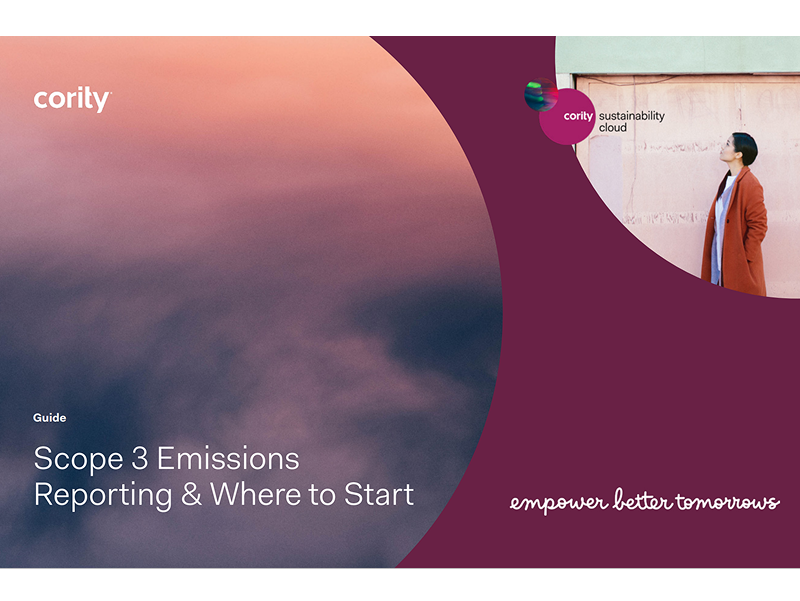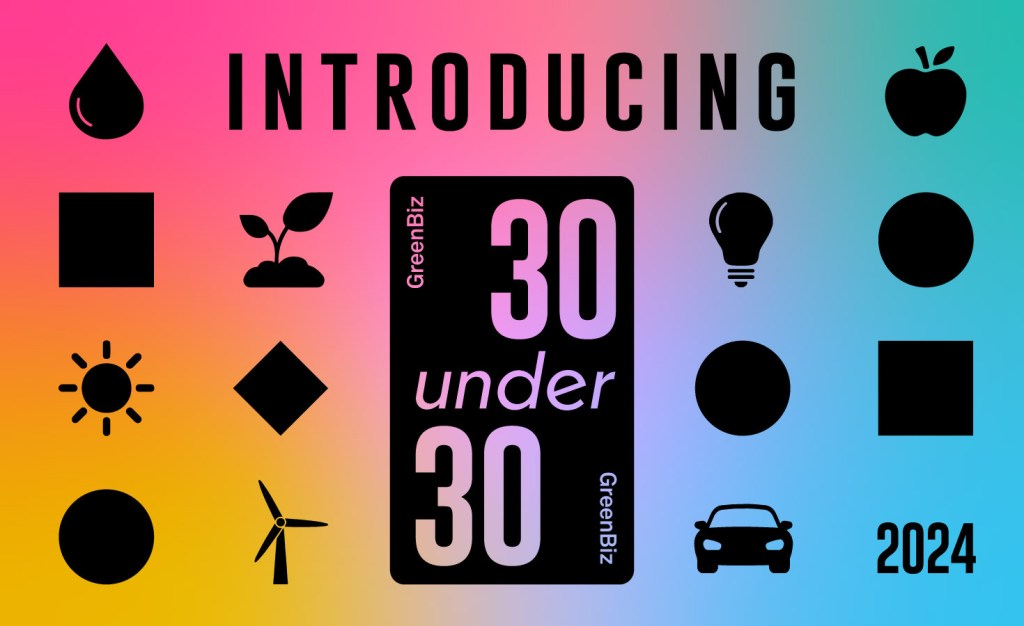Moving beyond the diversity checkbox
Diversity and inclusion initiatives are popular, but how do leaders make sure they are actually achieving the goals of creating better workplaces? Read More

DEI should be about more than just ticking a requirement off the list. Image by Jesse Klein
In the early days of facial recognition and wearable devices, products from HP, Google and Apple often had a hard time identifying or entirely misidentified Black people. These companies unintentionally developed racially biased technology, a failure that spotlighted the risks and challenges of letting loose AI and other automated, decision-making technologies built on biased code.
During GreenBiz’s VERGE 22 last week, Anthony Oni, managing partner and CEO of the Elevate Future Fund at Energy Impact Partners, pointed out that the early versions of these technologies failed to perform on dark skin because the engineering teams at these companies that coded early versions of the AI did not consist of people with dark, pigmented skin.
As companies continue to grapple with how to build truly diverse teams and define their roles in border social issues, they’re asking: what does an effective diversity, equity, and inclusion (DEI) strategy look like and how can they go beyond annual diversity reporting “check boxes”?
Here is how four industry experts integrate diversity recruiting and culture into the DNA of their companies.
Beyond having a ‘seat at the table’
For companies new to implementing their first iterations of a diversity plan, DEI strategies often end after they check off unconscious bias training, hiring a certain percentage of people of color or instating a certain percentage of women in leadership.
While these are positive first steps in a longer DEI journey, and the panelists acknowledged the pressure on companies to provide surface level DEI metrics for governance, Phillip McAdoo, vice president of DEI at Earthjustice, a nonprofit dedicated to litigating environmental issues, highlighted that “simply checking these boxes will not get companies where they want to go.”
Research over the course of the last 10 years has shown companies that providing a seat at the table is no longer enough. Once hired, “it’s about feeling invited, and feeling listened to once you’re there, having the autonomy to speak up, and feeling welcomed in the perspective that you’re sharing,” said Trove Recommerce Head of Business Development Nina Ahuja.
When working to go beyond baseline diversity check boxes, “access is key,” McAdoo added, saying that access to leadership positions, robust professional development and feedback creates an essential feeling of belonging within companies.
Create space for harder conversations
With diverse teams come diverse lived experiences, especially for Black, Indigenous and people of color (BIPOC) who often come from social justice and climate frontline communities. The panelists urged companies to remember that these individuals not only bring their gender or ethnic diversity to their teams, but often bring fundamentally different worldviews and solutions into the workplace including their thoughts on larger social and environmental justice issues that directly impact them.
McAdoo underlined this sentiment — that understanding the intersection of environmental and social justice in context to DEI work is key.
“For a lot of people this work in DEI only surfaced in 2020,” McAdoo said, remembering the influx of DEI inquiries and announcements after George Floyd’s death and the resulting global Black Lives Matter movement. But while 2020 was a wake-up call for most of America, McAdoo said it’s important for companies to remember the larger historical context still at play around social justice issues and to give space to it. Black and brown people have been here many times before and identity-impacting events such as George Floyd’s death shift how people show up to work.
For Kathleen Egan, CEO and co-founder of Ecomedes, a company accelerating the adoption of sustainable products for commercial buildings, creating space for deeper conversations around these issues is important, especially for virtual teams who no longer have a physical water cooler to congregate around. For example, after Roe v. Wade was overturned, Egan and her team decided to hold a dedicated, team-wide conversation that allowed individuals to process their thoughts and connect on a deeper level with the people they work with.
“The conversation was messy,” Egan said, but still noting that they received positive feedback from their employee base on the value of the meeting. Ecomedes followed the session with one on gun violence following a mass shooting earlier this year.
When it comes to executing a successful DEI strategy, “it’s never going to be right if you try to over engineer it from the get go,” said Ahuja. “Initially, it’s more about giving the platforms to be listened to.”
Ahuja advised that companies should first architect space for conversation and listening, then go from there to report out on board-required diversity metrics. One of Ahuja’s favorite conversational exercises is an empathy practice called walk a mile in my shoes, where a small group of participants are prompted on a series of specific questions that they then discuss with each other. The exercise allows participants to build trust, cultivate shared experiences and provide opportunities to support each other.
DEI for investors and startups
For context, today, 93 percent of venture capital funds are controlled by white men. In 2021, only 1.3 percent of founders that raised venture capital were Black. That percentage shrinks when filtered for Black or other minority founders in the cleantech space.
For firms such as McAdoo’s Elevate Future Fund — working to increase diversity in the broader energy transition industry — there is an expectation that capital invested will produce more than just financial returns, meaning that the capital they deploy must also provide social or environmental impact returns.
In 2020, a McKinsey report detailed a direct correlation between better financial performance and gender, ethnic and cultural diversity, showing that investments in diverse teams and financial return are not mutually exclusive, that in fact, diverse teams result in better outcomes.
Capital, resources, and relationship support directed to BIPOC founders are important not just for their startup’s success, but also for climate success. “We will not adequately solve climate change unless it’s inclusive,” Oni said, explaining that diversifying the pool of venture capital investors and having more people of color in positions of power writing checks is a critical part of the DEI equation.
To this point, Oni and the Elevate Future Fund also supports underrepresented managing partners and DEI-focused firms in the climate tech venture capital space, engaging in fund-to-fund investments in entities such as the Kapor Center and Powerhouse Ventures which have DEI practices baked into their sourcing and investment processes.
As companies navigate the evolving landscape of DEI strategy, McAdoo reminded us all that we are figuring this out and no one is doing DEI correctly today. What matters is that companies maintain a growth mindset and curiosity about how they can do better and tailor inclusion and belonging activities according to a companies’ mission and culture.













